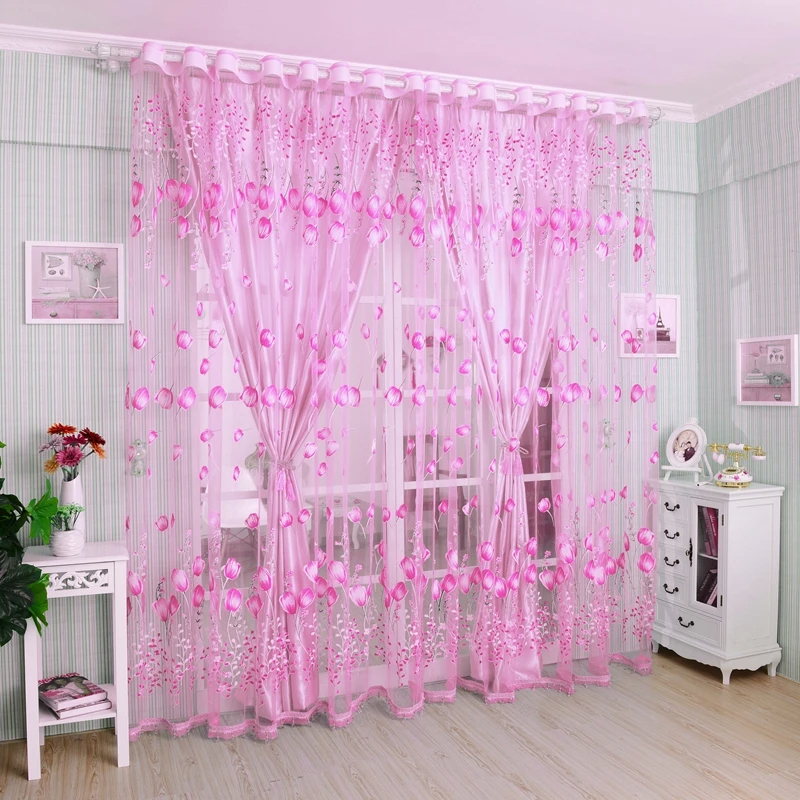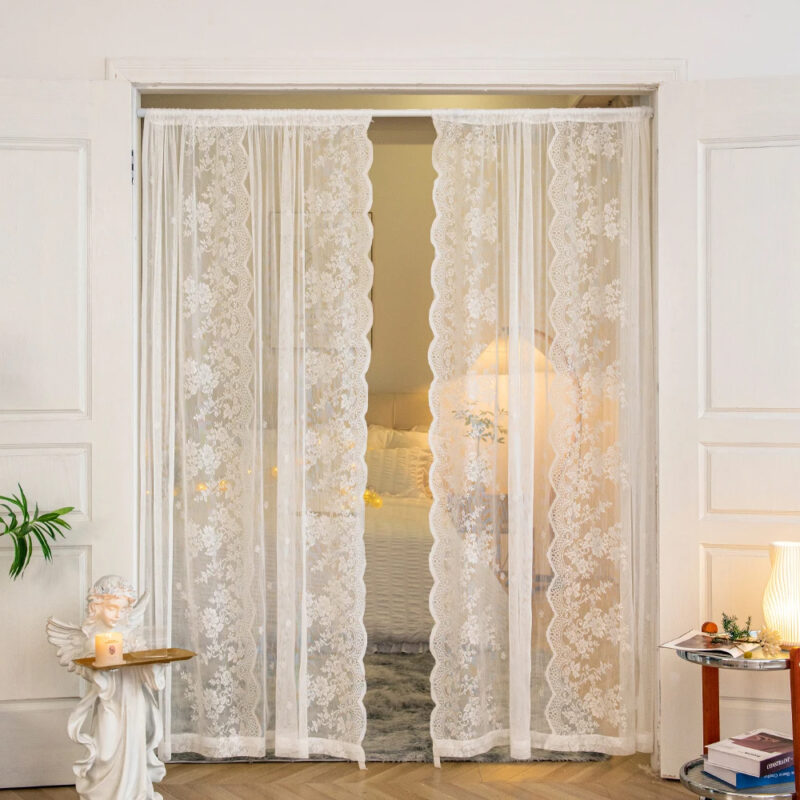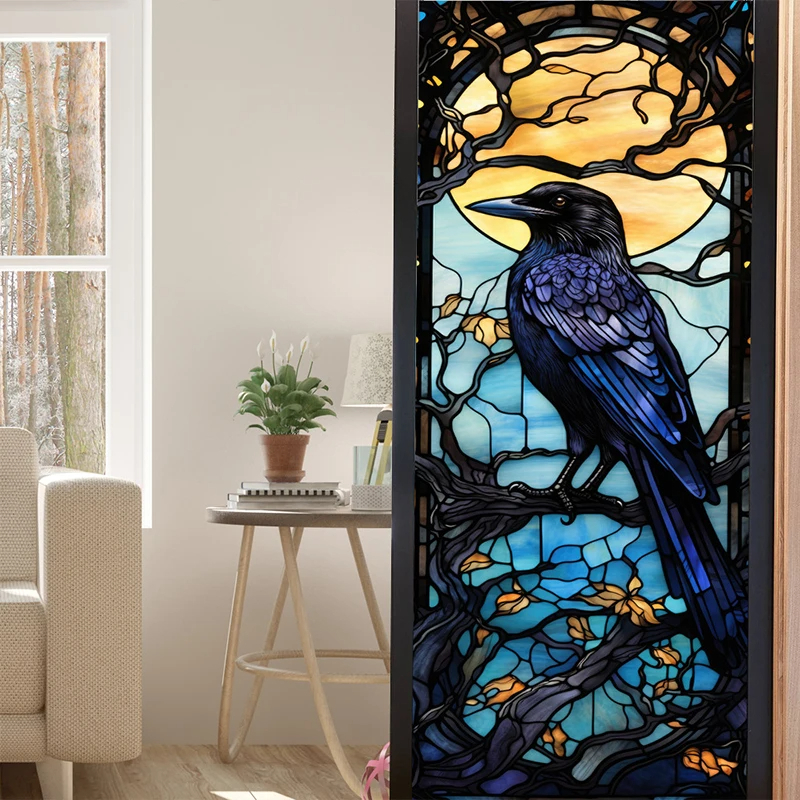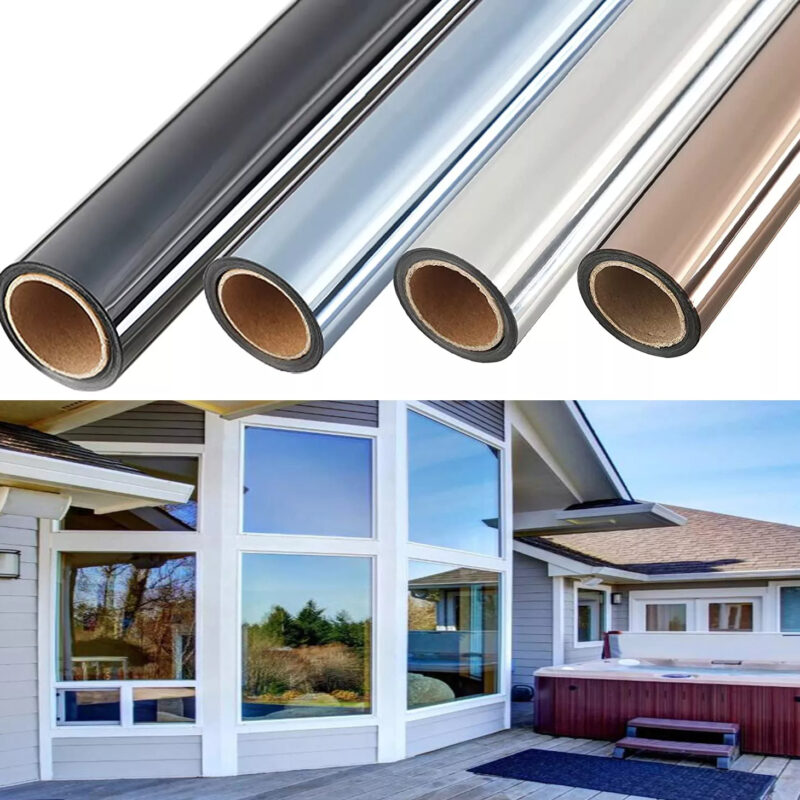What Type of Paint for Window Frames? (Best Options & Painting Guide )

Investing in suitable materials is imperative in any virtual home renovation project to get impressive results. Selecting paint for window frames is no exception. The type of paint best suited for window frames will depend primarily on which area you plan to paint and the type of material the window is made of.
Whether you’re installing new windows or are updating your home’s interior, here’s a quick guide to aid you in picking the right paint for your window frame painting project.
Pick Your Paint According to the Project
If you plan to paint the exterior or interior, gloss paint would be feasible. These paints provide a smooth, durable finish and are easy to clean. These paints can adhere well to standard materials like glass, wood, and metal, providing an even and glossy finish. However, if you want to add more detail, you should choose paint according to the type of material the window is made of.
Choosing the wrong kind of paint will only result in the paint flaking off after a while. Besides choosing the right color to blend in with the walls, these different paints have specific characteristics that you need to pick according to the location of your window. For example, areas like bathrooms or kitchens have a lot of moisture.
Therefore, a high-gloss or matte paint with water-resistant features will be perfect. Let’s review different materials and the paints that go well with them.
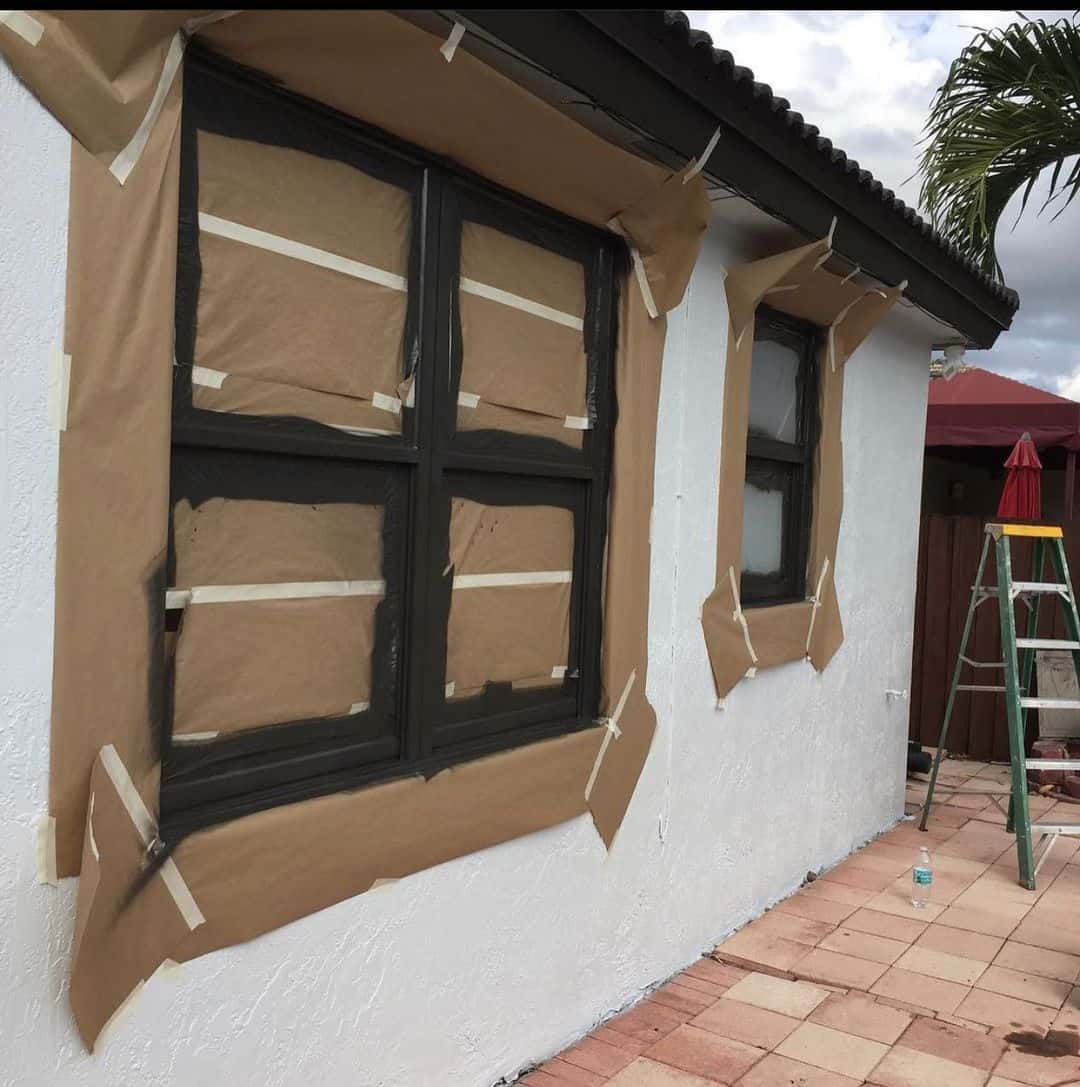
1. Medium Density Fiberboard (MDF)
The fiberboard is sturdy enough for frames and window trim and resistant to moisture damage. It’s best to use quality latex gloss paint on MDF window frames for a semi-gloss finish.
2. Wooden Frames
It’s the most common material used in making windows and trims. A semi-gloss latex paint would be an excellent choice indoors, whereas oil-based gloss paints for exterior window frames and trims. Oil-based paints require less effort and produce better results. Besides leaving fewer brush strokes, oil-based paints are smoother and last longer than water-based paints.
3. Vinyl Windows
Acrylic or latex-based paints can easily adhere to the vinyl surface, whereas other paints don’t stick well.
4. Metal Frames
Pick a gloss paint compatible to use on metal windows. These paints contain rust-resistant chemicals to improve the durability of your window and keep it rust-free. However, if your windows are unfinished, you might have to apply a primer coat before painting the window frames. Using oil-based paints is an affordable and easy-to-apply choice.
However, these paints have raised health concerns. Oil-based paints contain VOCs that are linked to cancer. Using a respirator when painting oil-based paints will protect you from these toxic fumes. Nowadays, you can purchase a variety of oil-based paints, water-based paints, and latex-based paints that are compatible with different types of materials.
Step-by-Step Guide on How to Paint Wooden Frames
Now that we’ve covered the essentials of picking the right paint for your window frames, let’s read how you can paint wooden window frames and all the tips you’ll need to make this home project a success.
Tools You’ll Need
- Your choice of paint
- Large plastic sheets
- Painter’s tape.
- Sandpaper
- Soapy water
- Sponge
- Paintbrush
- Wood filler or putty
- Putty knife
- Paint scraper
- Microfiber towel
Step 1: Prepare the Area and Frame
Remove the window from the hinges and place it on a large plastic sheet. However, if it’s impossible to remove the window, place a plastic sheet underneath it to avoid paint spilling all over the floor. Use a paint scraper o remove old peeling paint instead of stripping the whole paint away.
However, if you still want to remove the previous paint, use thinners like turpentine oil or mineral spirits to strip away the paint. Removing old paint and filling the cracks and holes with wood filler is essential. Caulk can also fill these cracks to create a smooth surface to paint.
Use your putty knife to fill in the putty or filler effectively in the affected areas. You might need to repair the cracks if they are too deep because the filler won’t stay long on deep and wide cracks.
Apply painter’s tape inside and outside the glass where it meets the wood frame edges. Painter’s tape can also be applied on walls, already painted trim and other areas where you want to avoid painting.
Step 2: Clean the Window Frame
The next step involves cleaning the window frame with dish soap and water mix to wipe clean dust, grime, or debris. Use a damp cloth soaked in soapy water first, then another to dry the surface.
Step 3: Sand the Frame
Most people think the previous paint layer should be removed before applying a fresh coat. Fortunately, if you create enough roughness on the frame, fresh paint will adhere to the surface evenly, providing a crisp finish. Use 100-grit sandpaper to create a new surface for the paint.
Clean once again using a cloth and clean any wood scraps lying on the floor. Some unfinished wooden frames might also need priming before you paint them. The process of sanding is not required when you are installing a new window.
Step 4: Paint the Frames
Using your paintbrush, start painting from the inside and the center, working your way downwards. Use long and vertical brush strokes and paint towards one of the edges. Paint the other side using the same technique when one side is complete. If your brush stroke goes from bottom to up, the paint will most likely drip down, creating an uneven coat.
Step 5: Dry and Reapply the Paint
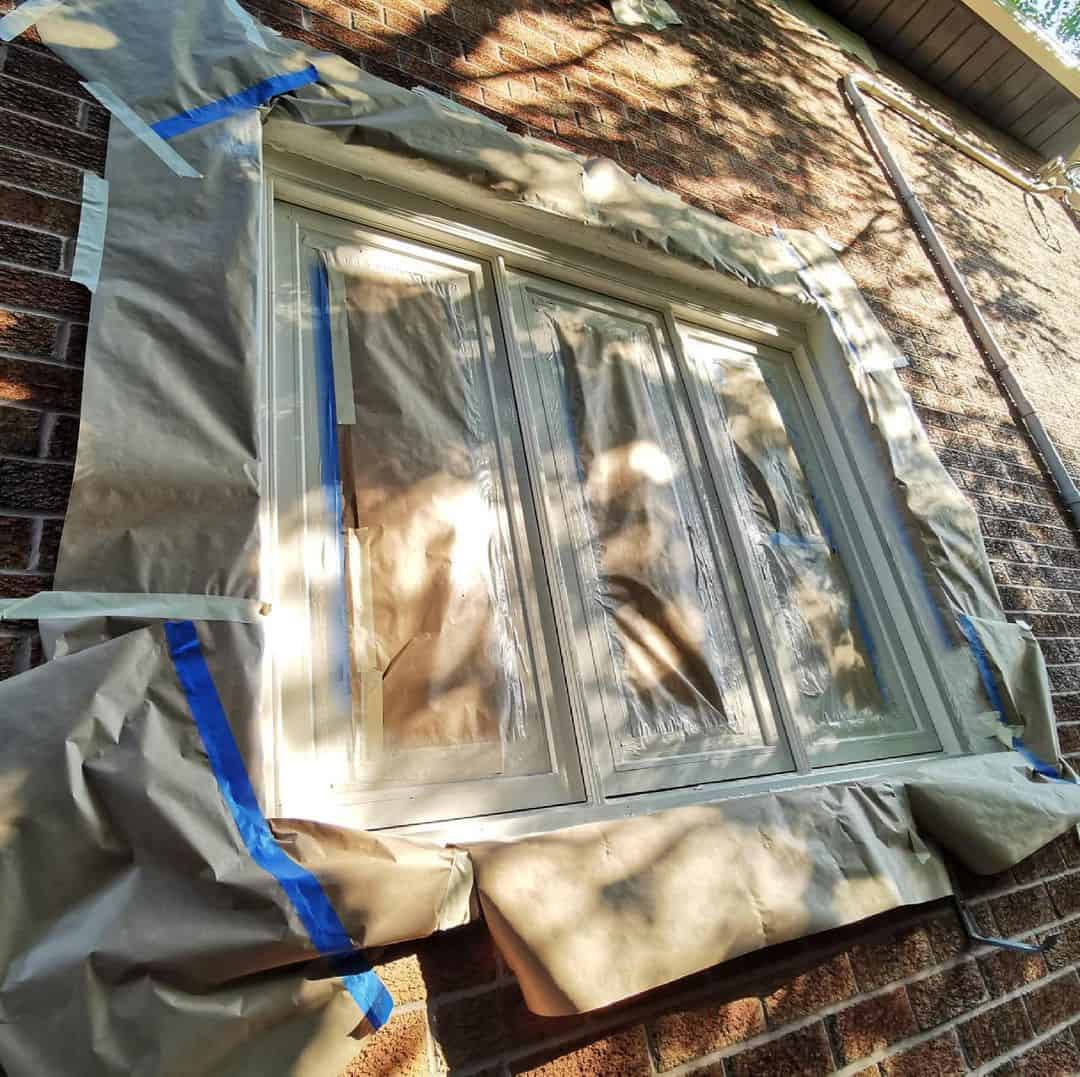
Depending on the environment and the type of timber used to make the frame, the time required for the first paint layer to dry will vary. You can read the paint can instructions, as most manufacturers mention the drying time for their paint. In a worst-case scenario, the most time the paint would take is four hours.
Once the paint dries completely, you can apply several coats of paint according to your requirements. Typically, three coats are sufficient to provide the best results. After 24 hours, remove the painter’s tape from the applied areas. Multiple coats of paint can be used for satin or high-gloss finish if necessary.
How to Maintain Wooden Frames?
While metal frames don’t require maintenance like wooden frames, they come at a steep price. Here’s how you can maintain your wooden window to improve its longevity.
- Keep the exterior windows with proper drainage for water to prevent the stormwater from doing water damage. Check and ensure the drainage holes present already in your exterior windows are not clogged.
- Cracks and holes in the wood allow water to seep into the wood, making it swell and rot from the inside. In case of damage, you’ll see yellow or brownish wood stains that feel spongy to the touch. A quality wood filler or putty can fill up these holes. Additional sanding and filing will be necessary to smoothen out the surface.
- If you find a rotten area in your window, try repairing it instead of painting it over. In case of minor damage, caulk, wood filler, and paint will do the magic. Unfortunately, if the wood has rotten too much, it’s crucial to consider replacing the rotten wood with a new piece, as caulk won’t stay long in the rotten part of the window.
- Consider purchasing quality, weather-resistant paint rather than lower-quality paint because poor-quality paint starts to peel off after a few months during extreme heat or when there is too much water exposure. Buying quality paint will be more expensive than cheap paint but will ensure the wood stays protected.
- Remember to prime and seal the wooden frames for improved effectiveness. Purchase a quality exterior water-resistant sealer and primer to ensure effective results. You should apply multiple coats to protect the structure during extreme weather conditions.
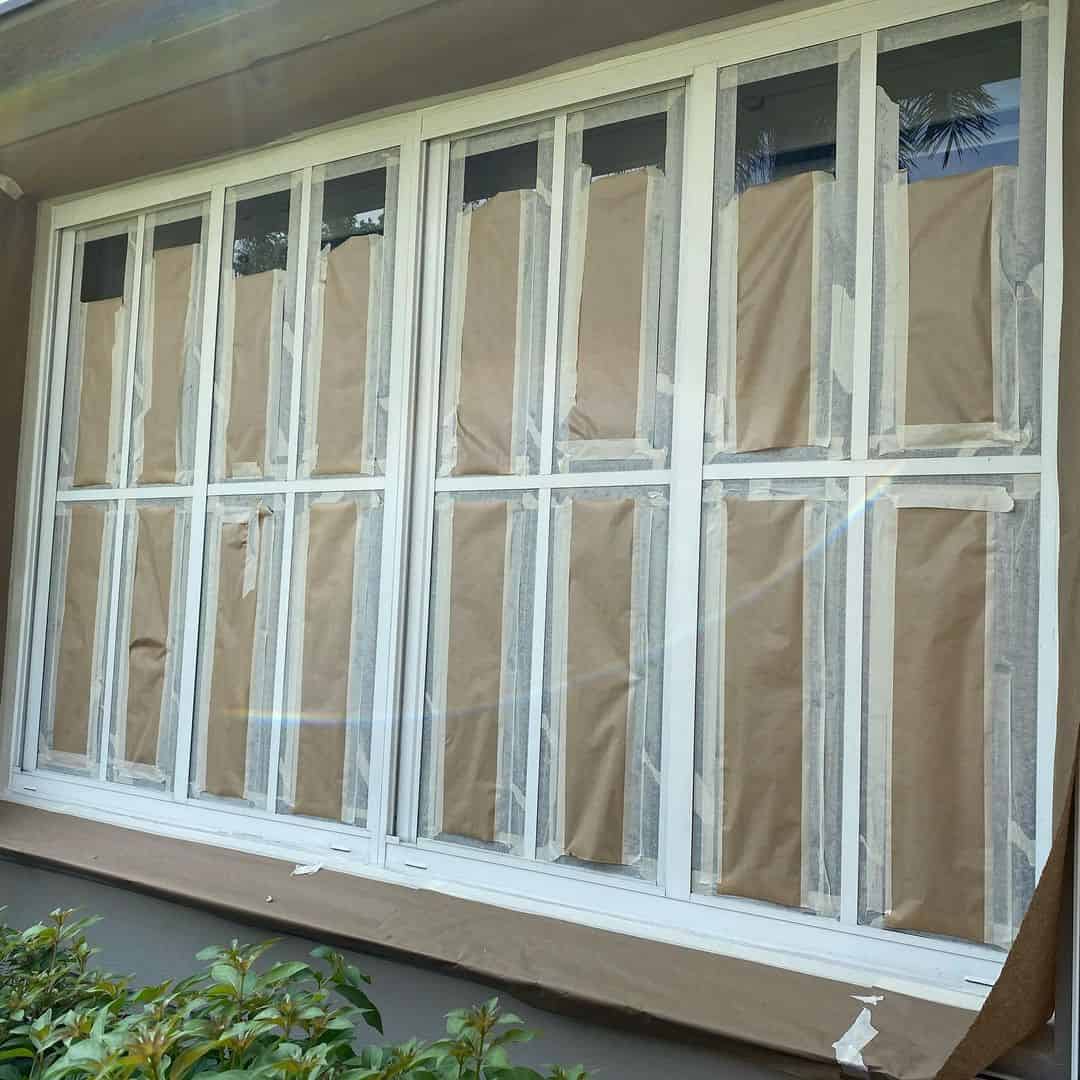
FAQ
1. How to Prevent Windows from Sticking?
If you don’t let the paint dry and shut the window, the windows can stick together. Some painters suggest spraying furniture polish on these freshly painted windows to prevent them from sticking together.
2. How Often Should Window Frames be Painted?
The longevity of the paint depends on the environmental conditions. For example, If the window is constantly exposed to extreme temperatures and moisture, you will need to paint windows once a year. In the case of wooden windows, you need to seal and waterproof the wood every time you paint.
Final Thoughts
Painting window frames is a no-brainer for everyone considering renovating their home. However, painting window frames is always challenging and requires paying attention to detail if you want results.
In a nutshell, the right paint for your window frames will depend on the window material, the presence of paint on the frame, the sheen you want to give your frames, and the color. You will also choose the finishings that primarily include semi-gloss, eggshell, high-gloss, matte, and satin finishes. Follow the steps we shared, and hopefully, you’ll get the desired results.



